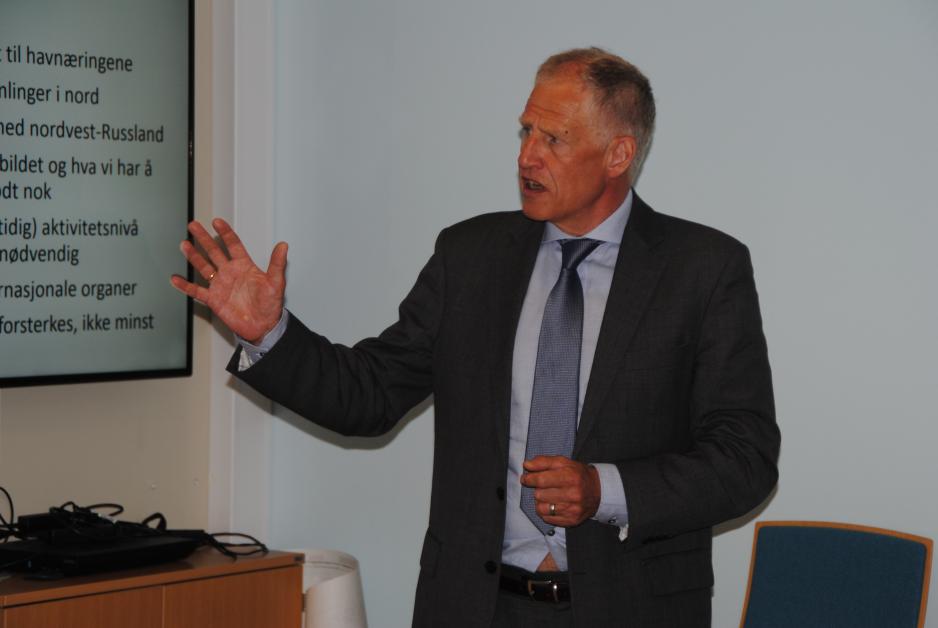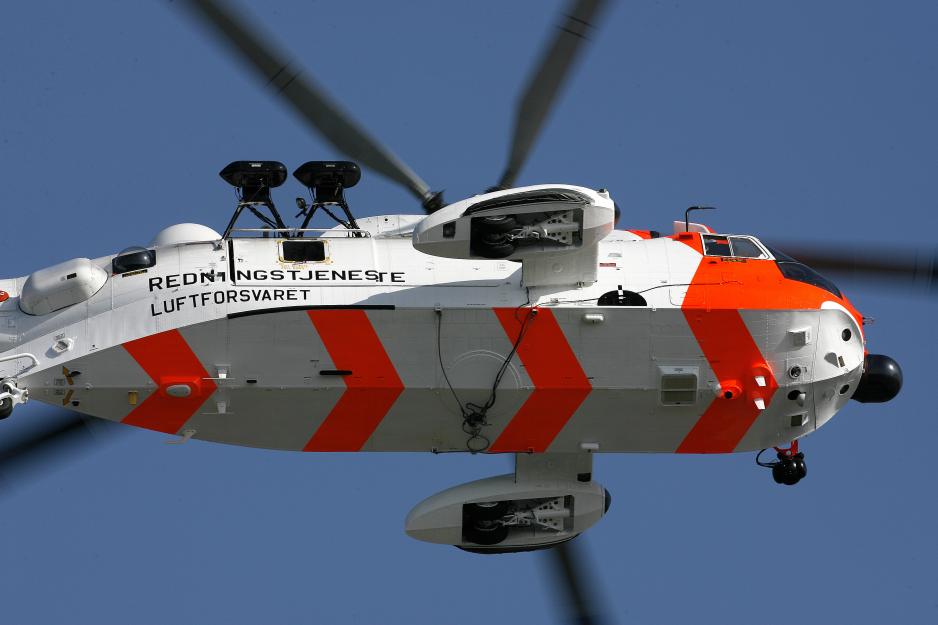Preparedness in the High North: - Ministry of Justice Must Step Up

- The Ministry of Justice and Preparedness is remarkably absent from the discussion about Norway’s emergency preparedness in the High North. There is a lot of good; however, there are also gaps to fill, says emergency preparedness expert Odd Jarl Borch.
- Norway is at the forefront when it comes to emergency preparedness in the High North, however, there are still gaps to fill. We also notice that the Ministry of Justice and Preparedness (MoJ) is absent from the discussion about these weaknesses, professor Odd Jarl Borch at Nord University says to High North News.
More immigration than preparedness
Borch has been at the forefront for research and development of emergency preparedness at sea and land in the High North for decades, not least through a series of international studies of emergency preparedness in the High North.
Borch says: - It is remarkable that research and mapping projects like SARINOR and Marpart have been jointly funded by Nordland County Council and the Ministry of Foreign Affairs. The Ministry of Justice and Preparedness is absent and appears to be more of an immigration department than in charge of national emergency preparedness.
In an op-ed in High North News, Professor Borch writes that two MoJ whitepapers from recent years have pointed at the need to strengthen the Joint Rescue Coordination Center North Norway, amongst other through an analysis center.
- These appear to be at the bottom of the ministry’s drawer, Odd Jarl Borch writes.
16 new helicopters underway
The trawler casualty at the Hinlopen Strait on Svalbard as well as the currently ongoing SAR action in relation to four missing ski tourists in Troms County demonstrates, in Borch’s view, both the massive amount of resources available for mobilization as well as what gaps there are to fill in Norway as an emergency preparedness nation.
Borth refers to 16 new AW101 helicopters being phased in and Norway’s having an option on another six such helicopters. The capacity of the new helicopters is allegedly almost twice that of the ageing SeaKing helicopters that are currently in use.

The Coast Guard has three new vessels under construction, all of which are to replace the old Nordkapp class, and the new vessels are to be able to carry the NH-90 helicopters that the Coast Guard is phasing in.
Still some way to go
- No other Arctic country has invested the equivalent in its SAR capacity, Borch says.
- But this is not sufficient?
- We still have some way to go. There has been an exponential growth in the number of vessels, both fishing vessels and cruise ships, in northern waters during the later years.
The fishing fleet will, as it always has, follow the resources. Expedition cruise traffic is booming and some 30+ new vessels are currently under construction intended for use in the Arctic.
Lack of money and competence
We still lack resources to run full-scale exercises, the districts lack police officers with local knowledge and competence, while simultaneously an ever-increasing number of tourists are lured to the High North by spectacular ads picturing northern lights and snow-covered peaks. This does not add up, Borch argues.
He sees a need for two new, far-reaching helicopters to be stationed at Svalbard and in the inner districts of Troms County, where there are currently SAR capacity gaps.
- The current warranting of better helicopter preparedness capacity on Svalbard and in the Barents Sea are most relevant, as is the demand from Troms. Resources for realistic exercises must be allocated. Money and competence are lacking, and that requires the Ministry in charge to step up and bring necessary political attention to the issue. That is not the case when it comes to SAR preparedness in the High North, Odd Jarl Borch says to HNN.
This article originally appeared in English and has been translated by HNN's Elisabeth Bergquist.

